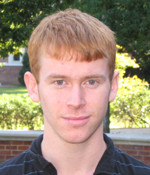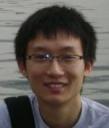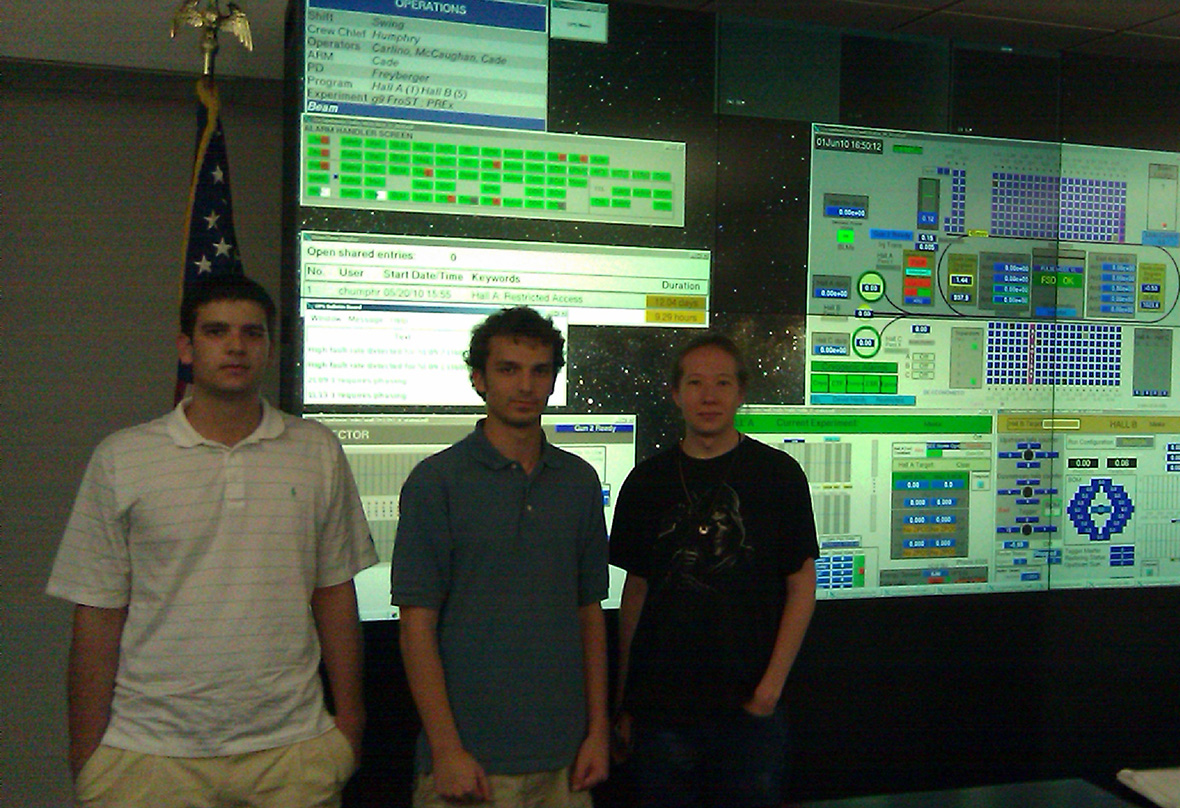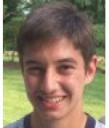Summary
There’s a lot of information below about how wait-lists are implemented in the physics department. The policies are the same as they have been for the past few semesters. Here’s a brief summary for those who already know how our wait-lists work:
If your desired section(s) of PHYS 131 or 132 are full when your registration slot comes, sign up for the wait-lists by filling out the forms at these sites:
You may not sign up for the wait-list until after your registration time has begun.
Details
Registration for Fall 2018 classes is starting. The physics department is offering four sections of PHYS 131 and one section of PHYS 132. As in the past, some seats in these courses will be reserved for students in each year. To be specific, the seating limits on each section will be
- 6 students during senior registration,
- 12 students during junior registration,
- 16 students during sophomore registration,
- 24 students during first-year registration.
The reason for this is that prospective physics majors need to be able to take these courses early, so we can’t let all the seats be taken by juniors and seniors.
As in past semesters, we will have wait-lists for these courses. If all the sections that fit your schedule are full when your registration time comes, you can sign up for the wait-list. (Do continue to try to add the sections you want for as long as your registration window is open. If a seat opens up, we can’t stop somebody else from beating you to it.) Then, after first-year registration is complete, any available seats will be filled off the wait-lists.
PHYS 131-132 Wait-list policies
- A student may only sign up for the wait-list after that student’s registration time has begun.
- A student who is enrolled in one section of the course may not sign up for the wait-list for other sections.
- The student must provide name, email address, ID number, registration group (e.g., “junior scholar / athlete” or “sophomore”), and desired section(s) of the course. Please check all sections that will fit your schedule.
- Students will be admitted off the wait-list beginning at the end of the registration period for incoming first-year students.
- Students will be offered admission off the wait-list in the order they signed up. To be specific,
-
-
- If any seats are available in any sections listed by the first student on the list, then that student will be offered a seat in one of those sections.
- If a student has listed multiple sections, and seats are available in more than one section, then the chair will choose which section to offer the student.
- The same procedure will be applied to each student in order.
-
-
- When a student becomes eligible to be admitted off the wait-list, the chair of the physics department will notify him or her by email. The student will have 24 hours to accept this invitation by replying to the email. If the student does not reply within that time, he or she will be dropped from the wait-list, and the next eligible student will be admitted.
-
- If you have any questions, ask Matt Trawick, the current physics department chair. Once again, here’s where you go to sign up for the wait-lists:


 had his Department of Energy grant renewed for a further three years. This award, funded by the National Nuclear Security Administration funds Dr. Beausang’s non-classified research into nuclear stewardship science. In addition to providing travel and equipment funding the award provides salary support for a postdoctoral fellow and graduate student as well as summer stipends for Richmond undergraduates to enable them to participate in experiments and study nuclear physics under Dr. Beausang’s guidance.
had his Department of Energy grant renewed for a further three years. This award, funded by the National Nuclear Security Administration funds Dr. Beausang’s non-classified research into nuclear stewardship science. In addition to providing travel and equipment funding the award provides salary support for a postdoctoral fellow and graduate student as well as summer stipends for Richmond undergraduates to enable them to participate in experiments and study nuclear physics under Dr. Beausang’s guidance.





